 Welcome to the second instalment of what is a first for the Travel Spot, a series of three posts covering the first trip I took after starting the Coffee Spot (long before I had the idea of the Travel Spot). It takes us back to late February/early March 2013, when I spent a few days in Boston, before taking various day trips around New England with some friends. From there, I caught the train down to New York for the weekend, all of which is covered in the first instalment on this series.
Welcome to the second instalment of what is a first for the Travel Spot, a series of three posts covering the first trip I took after starting the Coffee Spot (long before I had the idea of the Travel Spot). It takes us back to late February/early March 2013, when I spent a few days in Boston, before taking various day trips around New England with some friends. From there, I caught the train down to New York for the weekend, all of which is covered in the first instalment on this series.
This post covers my journey on the Adirondack, one of Amtrak’s famous long-distance trains. The Adirondack runs once a day, departing New York City in the morning, before running up the Hudson River valley, through upstate New York and across the Canadian border to Montréal, arriving there 10 hours later.
It was just the second time I’d been to Canada, the first being in 2005 when I was all the way on the other side of the continent visiting Vancouver. This, therefore, was all new to me, as was my time in Montréal, which is covered in the third and final post in this series.
You can find out how I got on after the gallery, which covers the first part of the journey along the Hudson River valley to Albany.
At the time, although I’d already made extensive use of Amtrak’s northeast regional network to travel between Washington DC, New York and Boston, this was just my second long-distance trip, having previously taken the train from Chicago to New Orleans in 2010 (although I have since gone on to take numerous long-distance Amtrak services). Unlike my trip to New Orleans, which was an overnight service, the Adirondack takes a merely 10 hours to cover the roughly 600 km in a line almost due north from New York City to Montréal.
Mind you, that’s the journey time now. It was even worse back in 2013, when my train was scheduled to take just over 11 hours! So much for high speed rail, although in fairness, an hour of that was a scheduled stop at the US/Canada border for customs and passport checks. On the plus side, the journey was as cheap as it was slow, my ticket costing just $65 for a standard seat in coach class.
The Adirondack was scheduled to leave New York Penn Station at 08:15, and I was required to be there an hour before that, which saw me getting up far too earlier, checking out of my hotel and, in the one advantage of the early start, beating the Monday morning rush as I took the subway from Chinatown to Penn Station.
On arrival, I was directed to a queue which snaked across Penn Station’s underground concourse, one level above the platforms. And that’s where I stood for what felt like ages (I have no notes, only a memory of standing in the ridiculous queue as it grew and grew in length, although in reality it was for less than an hour). There were actually two queues, and I was in the shorter one, reserved for international passengers. Those not travelling as far as Canada were directed to a second, far longer queue on the other side of the gate.
And there we waited until we were allowed to board the train, whereupon we moved forward, one at a time, to have our tickets checked, after which we were allowed down to the platform and onto the train. The international passengers boarded first, after which the domestic passengers were allowed on. It is, as far as I can see, an entirely unnecessary process, which seems designed to mimic the process of boarding an airliner, thus robbing the train of one of the main advantages it has over flying: not having to spend ages hanging around in airports! Sad to report that in the seven years since I caught the Adirondack, not much has changed in the way Amtrak boards its long-distance trains.
We were, unsurprisingly, late departing New York, travelling north under the city before emerging above the Hudson River somewhere around Morningside Heights, from where it sticks closely to the east bank of the Hudson River all the way to Albany, over 200 km to the north. It shares the southern part of the line with the commuter trains which run from Grand Central and, having taken the route some years before as far as Sleepy Hollow, I knew what to expect.
The simple rule here is to sit on the left-hand side of the train, where you will get some impressive views out across the river to New Jersey on the other side, along with various bridges, lighthouses and other old buildings along the way.
You can see how I got on during the second part of the journey from Albany to Montréal after the gallery.
New York to Albany is roughly one third of the journey in terms of distance and about one quarter in elapsed time, so there was still a long way to go as we pulled out of Albany Station and headed north, immediately crossing over the Hudson. I’d previously caught the train from Albany to New York City the year before, but this was the first time that I’d been north of Albany (something I would repeat two years later on my epic train joureny from Portland to Portland) so from this point on, everything was new to me.
From Albany, the train continues due north, following the line of the Hudson River, although no longer following the river itself. Instead it cuts through woods and hills as it makes its way to Fort Edward, where it leaves the Hudson for good. Shortly afterwards, it crosses over the watershed, south of which everything flows into New York Harbour and north of which everything drains into the Lawrence River Basin.
Continuing north, the line runs along the western shore of Lake Champlain, a long, thin lake which forms the New York/Vermont state line and which stretches north all the way to the Canadian border and beyond. Having needed to sit on the left to get the best views of the Hudson, you now need to sit on the right for the best lake views.
Unfortunately, the train was relatively full by this point, so switching seats wasn’t an option. Instead, I spent a while in the café car, where you are free to sit where you like, and where I also had some lunch. My other vantage point was right at the back of the train, where I discovered that you could stand between the doors to the two bathrooms and look out of the window in the door at the back of the carriage, watching the track disappear behind the train.
We trundled along the lake for hours and it was late afternoon when we stopped at the border. I’d only crossed the US/Canada border once before, and that was in 2005, when I was on a bus from Seattle to Vancouver. We all had to get off the bus and I ended up at the back of the queue, so was last back on the bus after clearing customs and immigration, which seemed to take forever. Here, if anything, it was worse.
In the days before Poland, Czechia, Slovakia and Hungary joined the EU, I’d had experience of crossing borders by train, but those were very simple affairs where the border guards got on the train at the stop before the border, made a cursory check of people’s passports, and got off again at the next stop. This, however, was a whole different level of border check.
The train had a scheduled layover, if memory serves, of an hour. We were warned ahead of time that we had to remain in our assigned seats while the border agents were on board. That meant that the café car was out of bounds and even going to the toilet was frowned upon. The border agents duly came on board and started going through the carriage, questioning each passenger at length, often require luggage to be hauled down and gone through.
The whole process took ages, well over the allotted hour. It was far more rigorous that any airport security I’ve been through and I wasn’t sure what the point was (regularly travellers told me that it was just as bad coming the other way). Eventually the checks were completed, the border agents and we were on our way again.
By then it was dark, so I can’t really tell you much about the countryside between the border and Montréal. We arrived, late of course, into Gare Central, where I met up with my friend, who had been patiently waiting for me, and I set off to explore Montréal. That, however, is the subject of the final instalment of this Travel Spot.
If you liked this post, please let me know by clicking the “Like” button. If you have a WordPress account and you don’t mind everyone knowing that you liked this post, you can use the “Like this” button right at the bottom instead. [bawlu_buttons]
Don’t forget that you can share this post with your friends using the buttons below.






















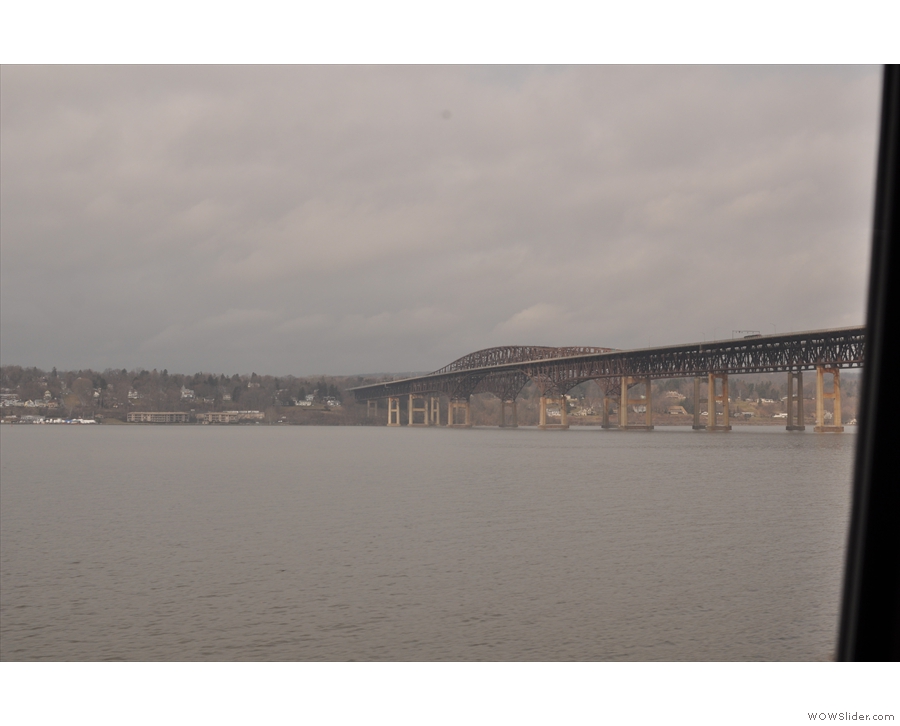



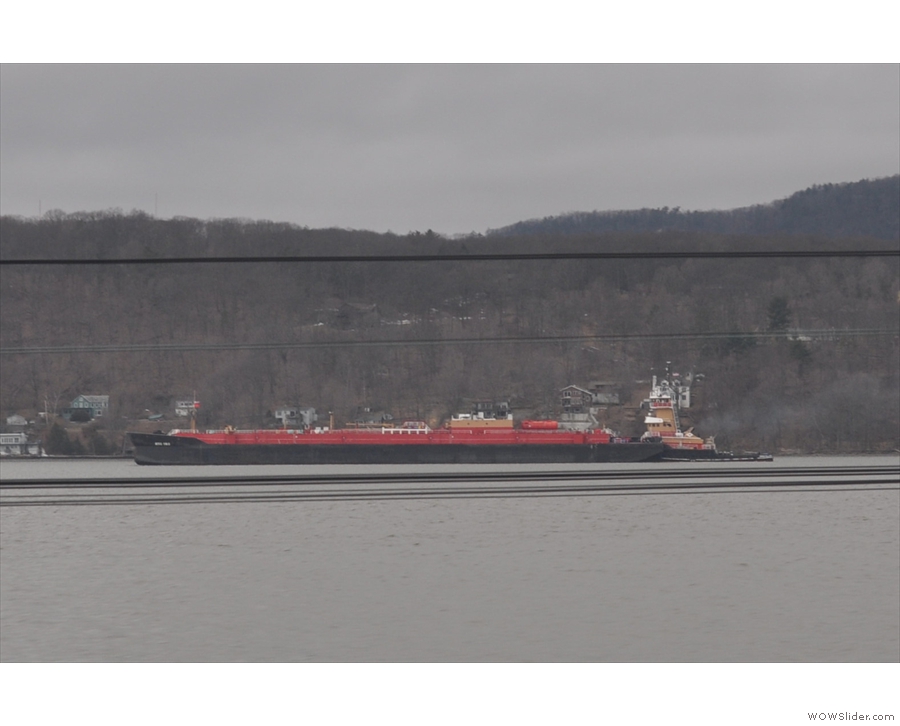












 1
1 2
2 3
3 4
4 5
5 6
6 7
7 8
8 9
9 10
10 11
11 12
12 13
13 14
14 15
15 16
16 17
17 18
18 19
19 20
20 21
21 22
22 23
23 24
24 25
25 26
26 27
27 28
28 29
29 30
30 31
31 32
32 33
33 34
34 35
35 36
36 37
37 38
38










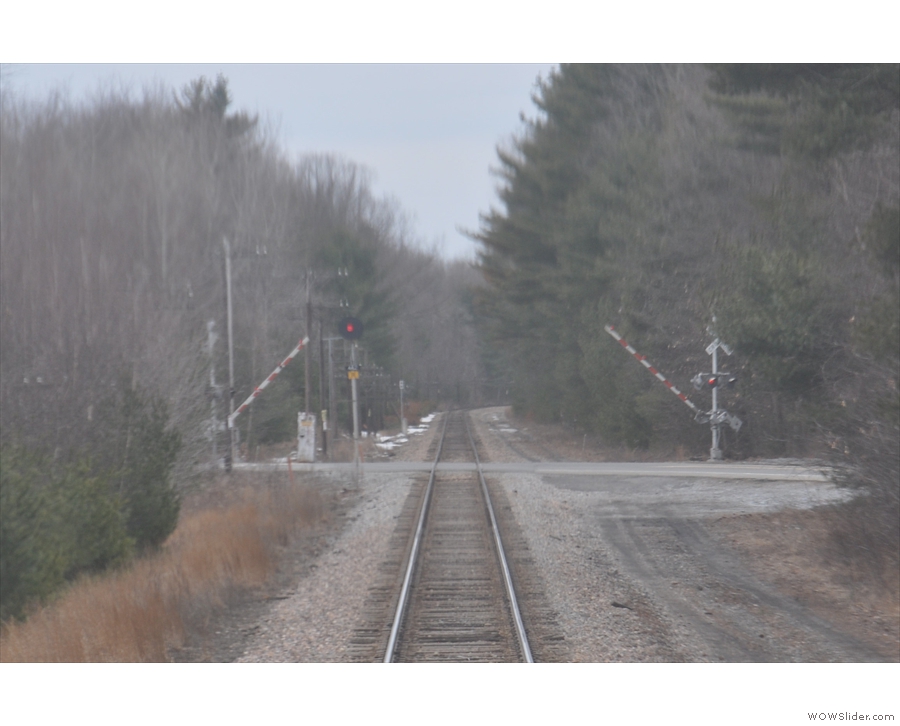













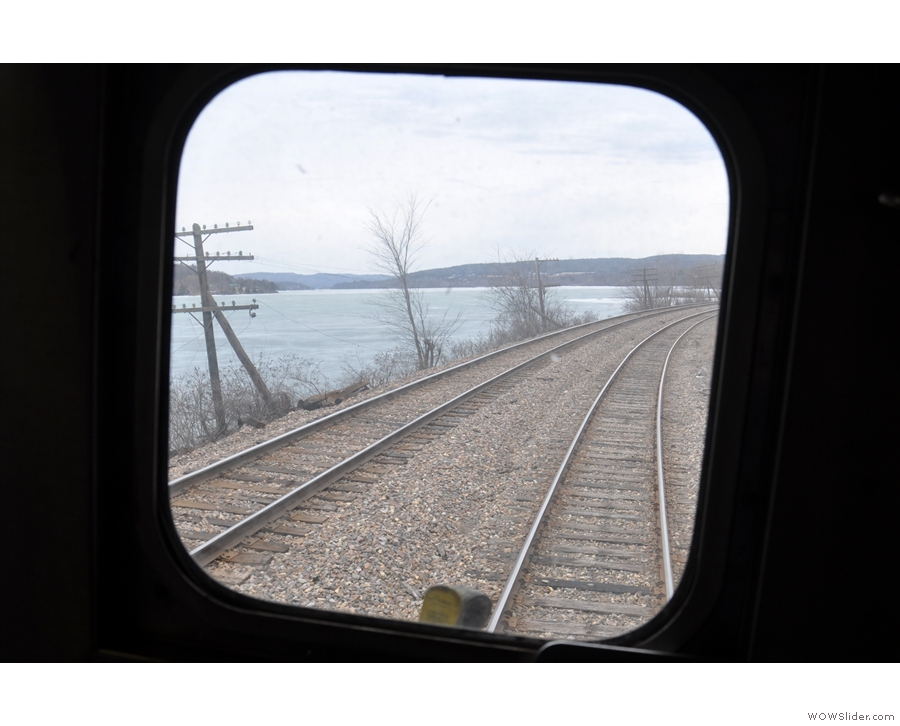







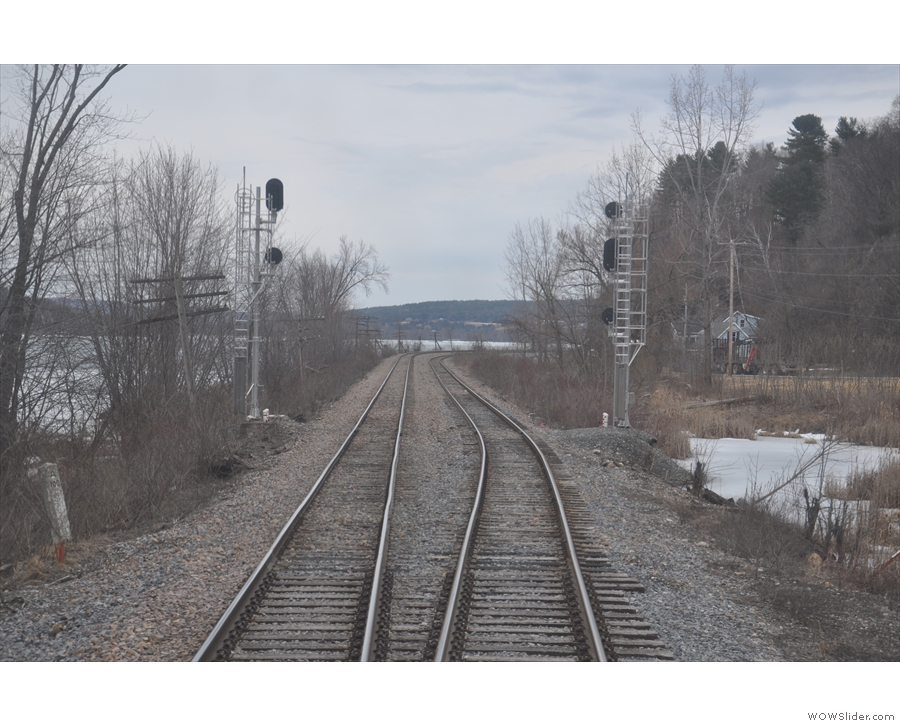





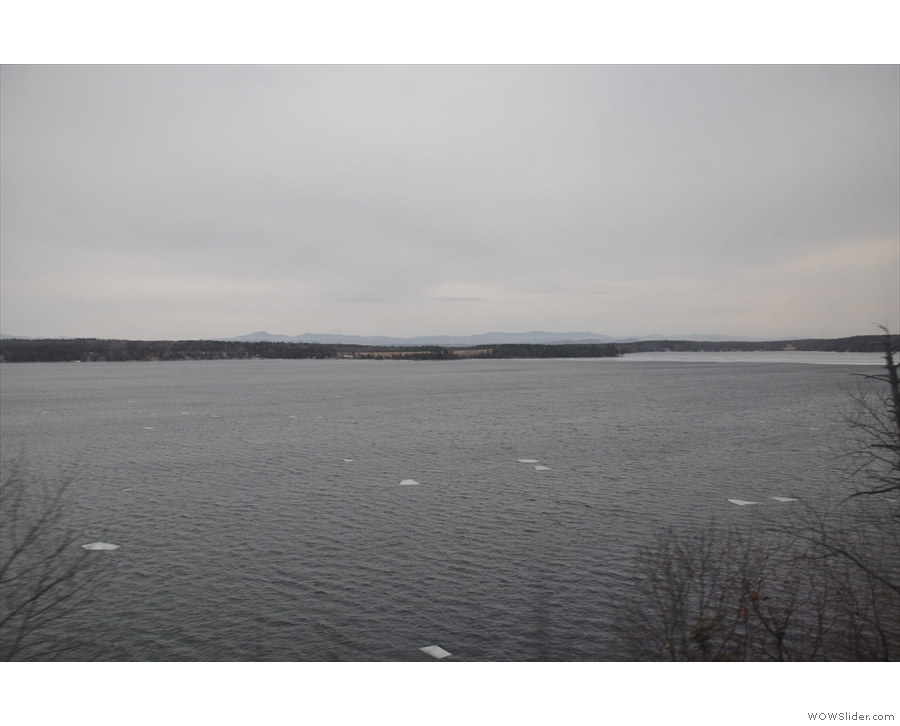




 1
1 2
2 3
3 4
4 5
5 6
6 7
7 8
8 9
9 10
10 11
11 12
12 13
13 14
14 15
15 16
16 17
17 18
18 19
19 20
20 21
21 22
22 23
23 24
24 25
25 26
26 27
27 28
28 29
29 30
30 31
31 32
32 33
33 34
34 35
35 36
36 37
37 38
38 39
39 40
40 41
41 42
42 43
43 44
44
Pingback: Brian’s Travel Spot: New England & New York | Brian's Coffee Spot
Pingback: Brian’s Travel Spot: Montréal 2013 | Brian's Coffee Spot